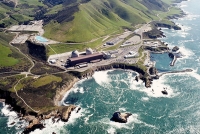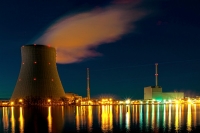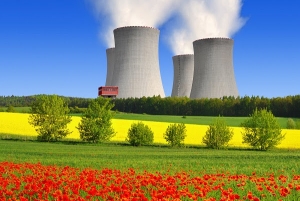John Kotek, Nuclear Energy Institute, NEI: may be a "watershed" year for the US nuclear industry, which must maintain a strong domestic sector by keeping its reactors operating but must also demonstrate it can build new plants, while paving the way for advanced reactors.
Michel Gay: Il faut en effet justifier à tout prix la destruction de richesse que représentera la fermeture anticipée de réacteurs en parfait état de fonctionnement. Ce sont en effet quelques dizaines de milliards d’Euros que l’on s’apprête à jeter par la fenêtre en décidant de réduire la durée de vie des réacteurs du parc 900 MWe pour satisfaire des fanatiques antinucléaires et quelques élus complices.
Michael Shellenberger, Environmental Progress: We find a nuclear phase-out in South Korea would: Cost at least $10 billion per year for additional natural gas purchases alone, the equivalent of 343,000 salaries; Almost all of the cost would be in the form of payments for fuel; Require a significant increase in fossil fuel use; Increase premature deaths from air pollution by replacing nuclear plants instead of coal plants with natural gas; Damage and perhaps destroy South Korea’s lucrative nuclear export business;
Heather Matteson, Materials Scientist, Nuclear Reactor Operator, Environmentalist, Co-Founder of Mothers for Nuclear: I believe nuclear power advocates care about and want the same things as most Sierra Club moms and members. We want everyone in the world to be able to care for their children like we can for ours. We want a world of less air pollution for our kids. I changed my mind about nuclear, and my dad changed his mind, too. We might be destroying the planet, just like my dad thought. But in the end, we both came to think humanity is smart enough to save it.


















